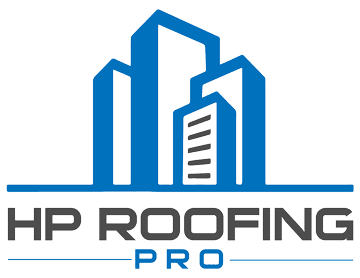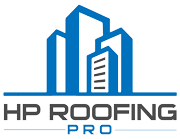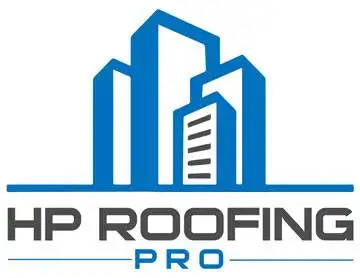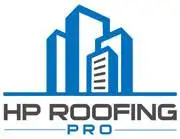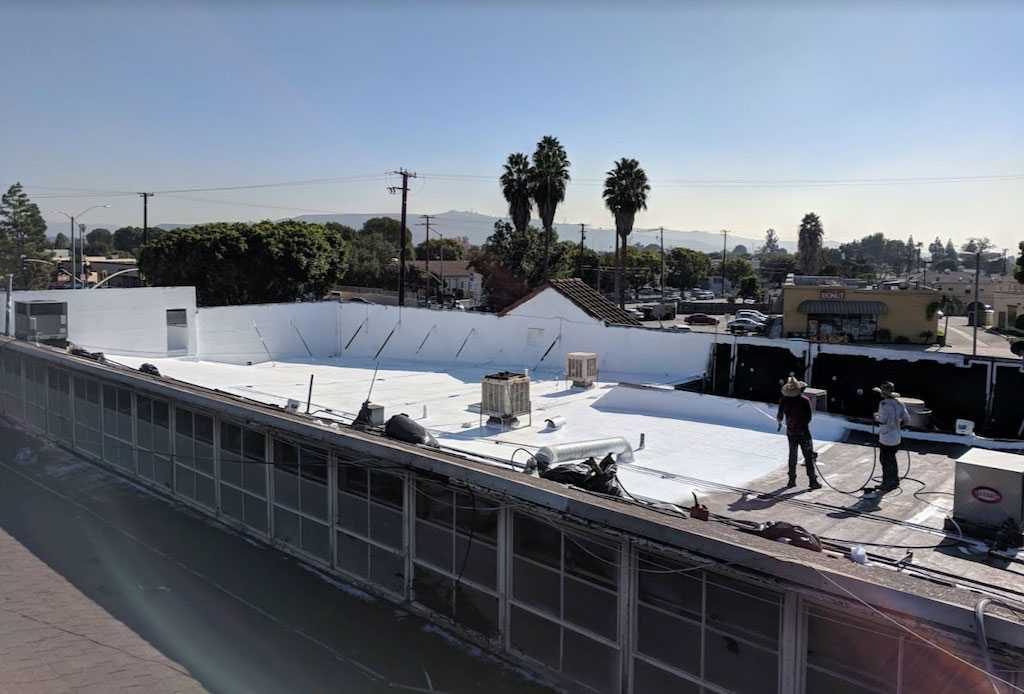Mon - Fri 7:00 am - 4:30 pm
601 South Palm Avenue, 91803 Alhambra US
Posted by hproofingpro No Comments on The 8 Most Common Commercial Roof Problems (and How to Fix Them) Roofing
The 8 Most Common Commercial Roof Problems (and How to Fix Them)
Roof catastrophes aren’t all that common, but minor roof problems are without regular roof maintenance and prevention.
The lifespan of a commercial roof is affected by a myriad of factors, not just the elements. Some of these include installation quality, how your roof is used and abused, building products, and more.
Some commercial roof problems are unavoidable over time. Here are 8 of the most common issues and how they can be prevented — or fixed!
Common Commercial Roof Problems: Prevention and Quick Fixes
Throughout a commercial roof’s lifetime, problems are bound to flare up. But most of these problems can be avoided with regular maintenance. As the saying goes, ”prevention is always better than cure’.’
If you ignore what may seem like a small issue initially, this can only lead to bigger and far more expensive problems down-the-line. Nip things in the bud as soon as they catch your attention.
Here are 8 common problems you should look out for, as well as how to prevent them or fix them.
1. Roof Leaking
It goes without saying that somewhere along the line, you’re likely to find a leak in your roof somewhere. But even if it seems small and insignificant- do not ignore roof leaks!
A bi-annual preventative maintenance routine will help to eliminate the risks of roof leaks and reduce building interior water intrusion.
2. Roof Blow Offs, Billowing or Tenting
This is another common issue is when a roof is inadequately adhered to the substrate. In the case of single-ply roofs, they’re far more likely to billow or blow off due to wind uplifts.
When a commercial roof is exposed to strong winds, a suction is created between weak or loose materials. These are most likely to blow off, tent or billow.
A good way to avoid this is to ensure that all roofing materials are applied correctly and allowed to cure. To be double sure, ask your contractor to provide building code specifications for your area when installing your roof.
3. Poor Roof Installation
Unfortunately, poor roof workmanship is a common problem and can happen when you settle for ”cheaper” or second-best contractors. Faulty installation ups the likelihood of general roofing issues. This can lead to a range of issues including leaks, blow-offs, shrinkage, punctures, etc.
To prevent this, make sure you choose the best contractor for the job. Ask them for a checklist of roofing specifications that they work with. Get them to do regular moisture surveys to check the quality of your roof, and make sure they provide a written inspection report.
4. Lack of Preventative Maintenance
The roof over your head, whether it’s in a commercial building or a home is often taken for granted. But without regular maintenance, roofing issues can sneak up on you when you least expect it.
To maximize the lifespan of your commercial roof, make sure you have a proactive maintenance schedule in place. Schedule in leak detection tests and moisture surveys bi-annually. Make sure to check for ponding water, the quality of your base flashing and pitch pockets.
5. Standing Water
Also known as ponding water, flat commercial roofs are quite prone to this issue. This happens when leaves and other debris blow in the drains and clog them up and the water sits in the drains or pools on the roof.
Standing water can also occur due to poor roof design. The pitch or roof angle is not efficient at guiding water to the drains, causing pools of water to stand on the roof. Over time, this deteriorates the roofing material, which can lead to far bigger issues.
Ponding water is classed as undesirable when it stands for more than 48 hours, according to the NRCA. Deep ponds of water can weigh over 5 pounds, which poses a risk to the structural integrity of the roof, too.
In order to prevent this problem, make sure your drainage systems are cleaned and maintained. You can also add roofing drains or use tapered roof installation. Roof flashing can also be the source of roof leaks, so these need to be properly maintained too.
6. Roof Punctures and Penetrations
This is a common problem with single-ply roofing systems. Damage from foot traffic during roof maintenance may cause roof punctures and penetrations. Abrasive shoe soles can tear through roof membranes, especially along a ballasted roof.
Make sure that roof traffic is limited at all times and conduct an inspection of the roof after maintenance is complete.
7. Roof Shrinkage
This is yet another common issue with single-ply roofs. If your commercial roof is made from EPDM, shrinkage is one of the first things you should have your roof inspected for.
Flashing that is pulling from the wall is very common in shrinkage issues. While crazing or cracking of an uncured membrane at the perimeter of flashings is also common.
Once again, these issues can be prevented with regular roof inspections. Especially if yours is a single-ply roofing system. A minimum of two inspections per year is recommended- generally in late fall and early spring.
8. Roof Surface Erosion
Some common problems that could arise over time along the surface of a commercial roof include blistering, ridging, and splitting. These are very common in BUR roofing systems. But, they can also happen with single-ply roofs.
The best way to avoid surface erosion is by hiring a roofing contractor who is certified and licensed to work with the best products. Have your roof surface inspected annually and check for any of these issues.
Commercial Roofing Maintenance at Your Fingertips
If you suspect your building has a few commercial roof problems, HP Roofing Pro is just a click or call away to assist with an inspection and maintenance.
We are true experts in the field of commercial roofing and offer only the highest quality service. Looking for a roof inspection? Apply here now!
Recent Posts
Recent Posts
The Ultimate Guide to Metal Roof Coating
Do you have any questions?
Contact us at The HP Roofing PRO office or submit a business inquiry online
Contact Us